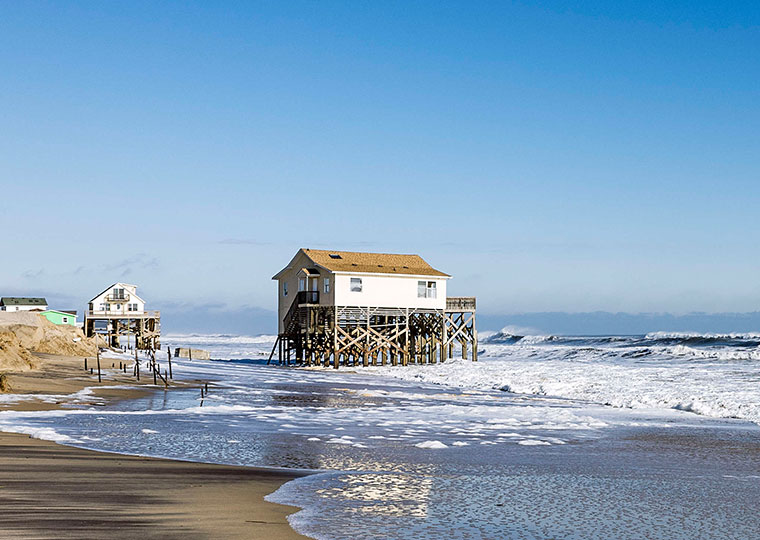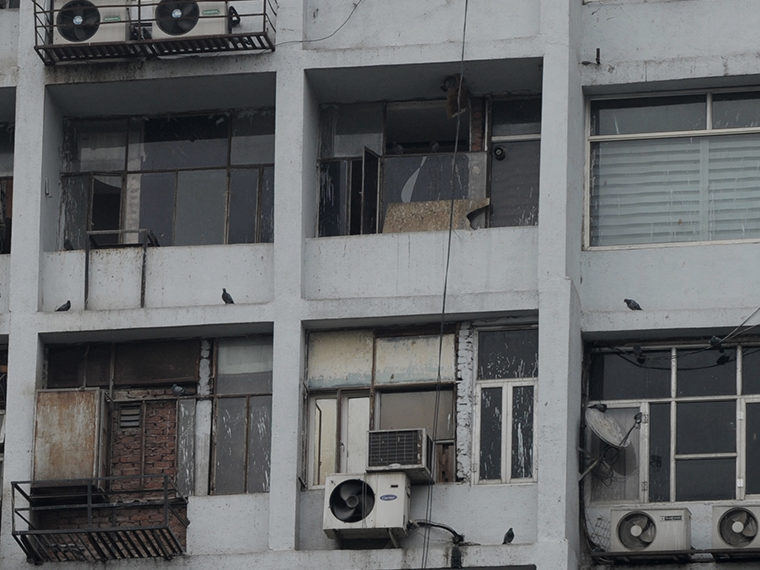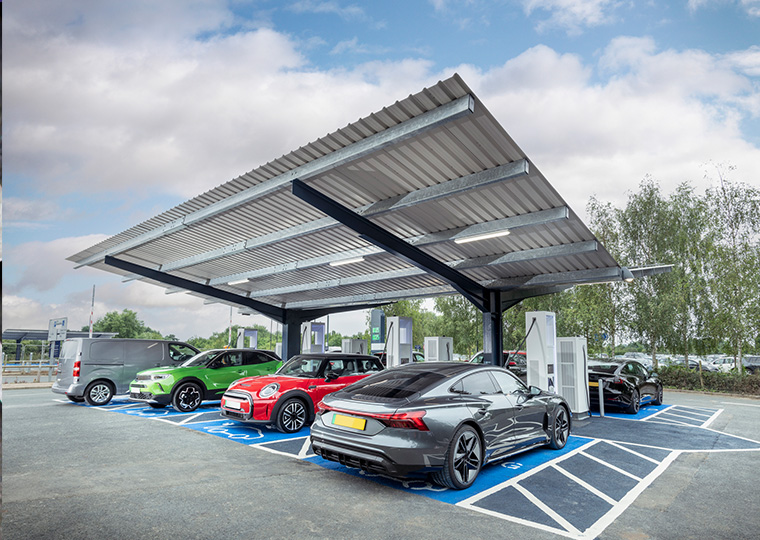Behavior, other factors influence which improvements are effective
Energy efficiency seems to offer one of those rare “everybody wins” solutions. It can save money on electricity bills, fight climate change, make it unnecessary for utilities to build new power plants and create jobs, and, by some estimates, save $2 in benefits for each dollar invested.
Given those promised benefits, many policymakers are willing to spend big to subsidize energy-efficiency improvements. California, for one, earmarks about $1 billion a year on efficiency-upgrade programs as part of its ambitious goal of cutting greenhouse gas emissions 40% (below 1990 levels) by 2030.
Opt In to the Review Monthly Email Update.
Some recent studies, though, question whether efficiency programs really do deliver the promised savings. To test the effectiveness of subsidizing efficiency upgrades, National Taipei University’s Yating Chuang, UCLA Anderson’s Magali Delmas and Stephanie Pincetl from UCLA’s Institute of Environment and Sustainability analyzed the results of two dozen programs in Southern California by directly measuring how upgrades affected electricity bills.
How Effective Are Energy Efficient Upgrades?
Their paper, forthcoming in the Journal of the Association of Environmental and Resource Economists, finds that the programs do in fact lead to reduced electricity usage — a savings of about 4% overall. But it also found big differences depending on the type of upgrade.
For instance, a more-efficient pool pump can lead to significant cuts — as much as 13% — in energy usage, while a high-efficiency refrigerator can reduce energy consumption by 6%. But some widely used improvements, such as for household lighting or heating and air-conditioning systems, produce negligible results. Others can lead to even higher energy consumption.
“Given the large amount of public funds spent on promoting energy efficiency upgrades, our analysis adds credible empirical evidence about the effectiveness of existing EE upgrades,” the authors write. “However, when looked at individually, it is clear that some EE product upgrades are more effective than others.”
They also found differences between the measured savings and the engineering estimates used by Southern California Edison, a unit of Edison International, to set funding for the various upgrades. The projections overestimated some savings — for lighting upgrades, for instance — while underestimating others.
The study is based on an analysis of billing records for more than 11 million customers of SCE. The utility provides rebates for customers who purchase more efficient lighting, refrigerators and other appliances, along with financial incentives for energy audits, insulating building exteriors and for whole-house retrofits.
The authors collected meter-based electricity usage data, along with information from the utility’s residential energy-efficiency programs and incentives received by participating customers — about 8% of all SCE customers.
‘Rebound Effect’ Can Eat Up Savings
With the upgrades, electricity usage at the average household fell by an estimated 311 kilowatt hours a year. That translates to an overall reduction of about 75 gigawatt hours, equivalent to preventing the emission of nearly 53,000 tons of carbon dioxide a year — roughly the same as a passenger car driving nearly 132,000 miles.
The biggest savings came from pool pump and refrigerator upgrades, perhaps because those units run year-round without a lot of fiddling by consumers. Energy audits also delivered meaningful savings — about 2-3% — by giving residents a nudge to change their behavior.
In contrast, lighting upgrades reduce usage by less than 1%. That could be because lighting accounts for only a small fraction of electricity use or because many programs give away high-efficiency lightbulbs that are never installed. Consumers, knowing the bulbs use less electricity, also may become less diligent about turning off lights in empty rooms.
Other upgrades — for dishwashers, clothes washers and other appliances, HVAC units, whole-house and exterior retrofits — don’t produce significant savings, and, in some cases, can result in even higher electricity consumption. This “rebound effect” occurs when consumers increase their usage — washing clothes or dishes more frequently, for example — after buying a more efficient appliance.
The age and size of homes also influence the savings from different upgrades, often in opposite ways. An HVAC upgrade in newer homes built after 1978 generates savings but leads to an increase in electricity usage in older ones. A whole-house retrofit lowers electric bills in older homes but increases them in newer ones — perhaps because retrofits frequently add bigger appliances, more square footage or two-zone heating and cooling.
Behavioral factors may explain some of the gap between engineering estimates and the measured results. Whole-house retrofits deliver only 18% of the projected savings, and lighting upgrades achieve only 7% of the estimates. Energy audits, on the other hand, produce larger savings than the estimates indicate. So do pool-pump upgrades because the projections are based on faulty assumptions about the equipment households are replacing.
“The results indicate that the bias of engineering estimates, which often lack relevant information on individual behavior, can go both ways,” the authors write, “validating the importance of conducting EE evaluations with individual meter or billing data.”
Featured Faculty
-
Magali Delmas
Professor of Management; Faculty Director, Impact@Anderson
-
Stephanie Pincetl
Professor at the UCLA Institute of the Environment and Sustainability; Founding Director of the California Center for Sustainable Communities at UCLA
About the Research
Chuang, Y., Delmas, M. A., & Pincetl, S. (in press). Are Residential Energy Efficiency Upgrades Effective? An Empirical Analysis in Southern California. Journal of the Association of Environmental and Resource Economists. doi:10.1086/718529






